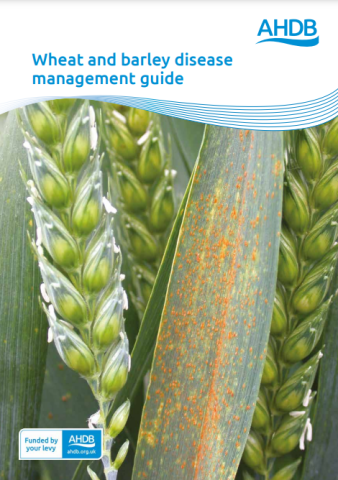This AHDB guide talks through the most important diseases of wheat and barley as well as their control with Integrated Pest Management (IPM) techniques.
Download the guide below.

This AHDB guide talks through the most important diseases of wheat and barley as well as their control with Integrated Pest Management (IPM) techniques.
Download the guide below.
Integrated Pest Management (IPM) is based on a diversity of pest management measures (prevention, non-chemical control, best practices for optimizing pesticide efficiency, etc.). These are combined at the farm level to enable reduced reliance on pesticides, and therefore a decrease in the exposure of the environment and people to pesticides.
We deliver transformational projects to drive productivity and boost farming and supply chain businesses. We want the industry to thrive in a rapidly changing world and continue to produce high quality food, maintain our beautiful landscape and leave a legacy for generations to come.
The major commodity crops in the UK are wheat, barley, oilseed rape, field beans, sugar beet and potatoes, but around half of agricultural land grows grass.
Cereal diseases affecting wheat, barley, oats, rye, triticale and maize can be caused by a variety of factors, including fungal, bacterial or viral infections, pests and insects, and environmental stress.
Barley is the fourth most important cereal crop in the world, grown in more than 100 countries and used for animal feed, human food and the production of alcohol.